The odds of extreme cold this winter in the US, Asia, and parts of Europe are climbing, threatening to boost energy bills for consumers already grappling with high costs and economic uncertainty. According to meteorologists, many of the same conditions that led to one of the warmest winters on record last year for the Northern Hemisphere are present, but signs are emerging that the polar vortex, the girdle of winds around the Arctic, could weaken and allow frigid air to spill southward. This development could have significant implications for energy consumption and prices, particularly in regions that rely heavily on heating.
As the polar vortex weakens, the potential for extreme cold to penetrate deeper into the US, Asia, and parts of Europe increases. This could lead to higher energy bills for consumers, who are already facing economic uncertainty. "The weakening of the polar vortex is a concerning trend, as it could allow frigid air to penetrate further south," said Dr. Maria Zuber, a climate scientist at MIT. "This could have significant implications for energy consumption and prices, particularly in regions that rely heavily on heating."
The polar vortex is a complex weather phenomenon that plays a crucial role in regulating the temperature of the Northern Hemisphere. When the polar vortex is strong, it acts as a barrier, preventing cold air from escaping the Arctic and entering the lower latitudes. However, when it weakens, the cold air can spill southward, leading to extreme cold temperatures. This phenomenon has been observed in the past, particularly during the winter of 2013-2014, when the polar vortex collapsed, leading to record-breaking cold temperatures in the US.
The impact of a weakened polar vortex on energy consumption and prices is significant. In the US, for example, heating costs are expected to increase by up to 20% if the polar vortex weakens. This could have a disproportionate impact on low-income households, who may struggle to afford the increased energy costs. "The potential for higher energy bills is a concern for many households, particularly those on fixed incomes," said Dr. Zuber. "It's essential that policymakers take steps to mitigate the impact of higher energy costs on vulnerable populations."
In addition to the economic implications, a weakened polar vortex could also have significant social and environmental impacts. Extreme cold temperatures can exacerbate health problems, particularly for vulnerable populations such as the elderly and young children. Additionally, the increased energy consumption required to heat homes and buildings could lead to increased greenhouse gas emissions, contributing to climate change.
The current status of the polar vortex is being closely monitored by meteorologists and climate scientists. While the trend is concerning, it's essential to note that the polar vortex is a complex and dynamic system, and its behavior can be difficult to predict. "We're watching the polar vortex closely, and we're seeing signs of a weakening trend," said Dr. Zuber. "However, it's essential to remember that the polar vortex is a complex system, and its behavior can be unpredictable."
As the winter season approaches, consumers, policymakers, and energy companies are bracing for the potential impact of a weakened polar vortex. While the exact outcome is uncertain, one thing is clear: the potential for extreme cold and higher energy bills is a concern that requires attention and action.



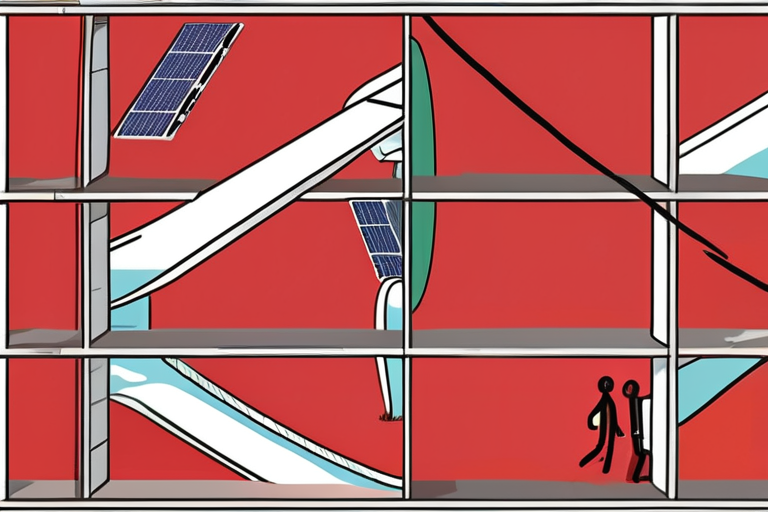
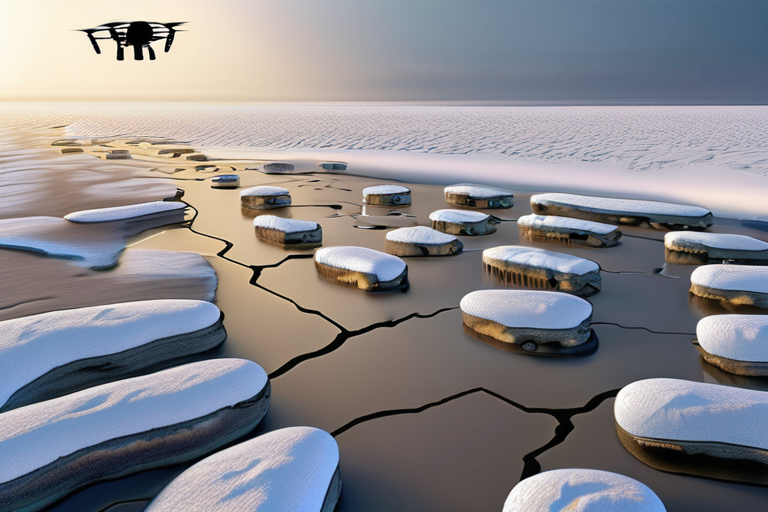

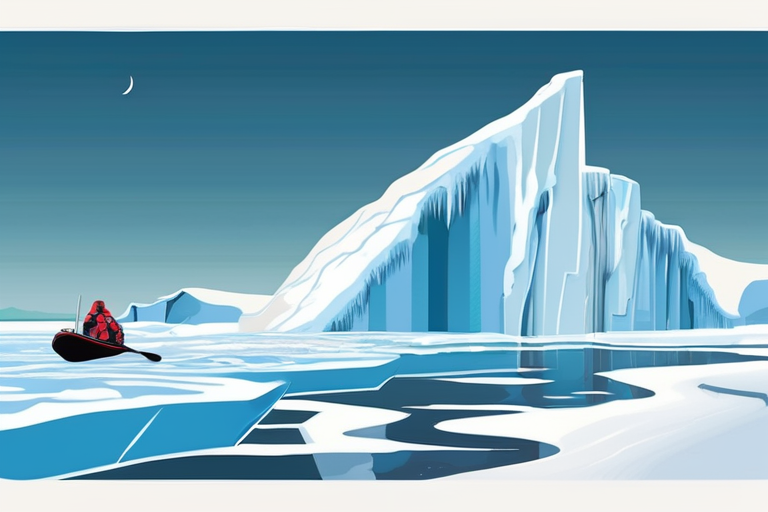
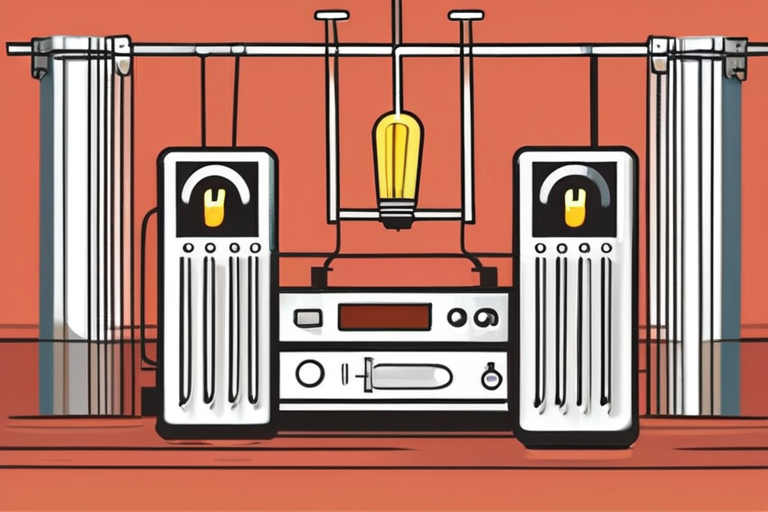
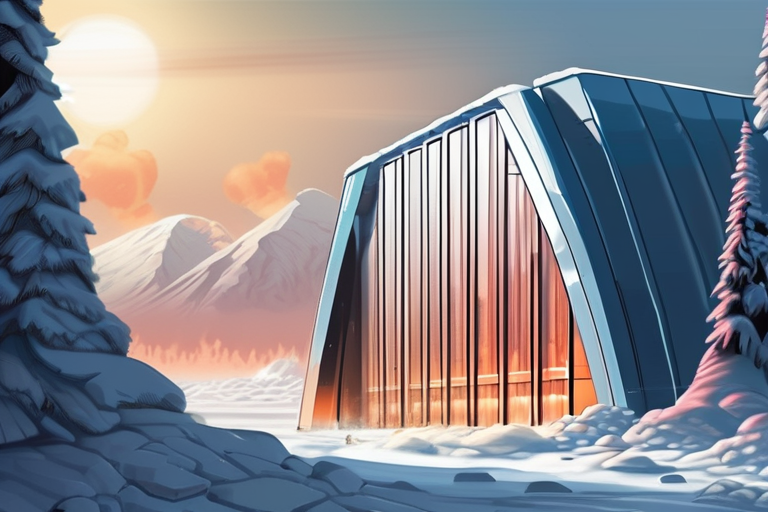


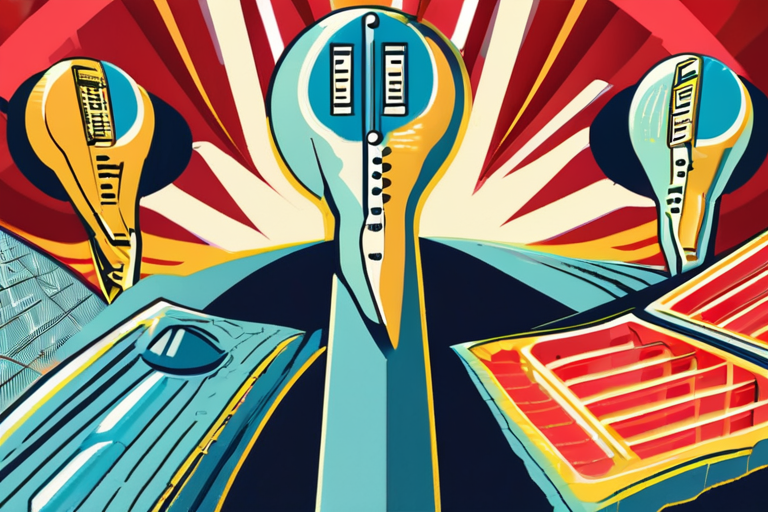

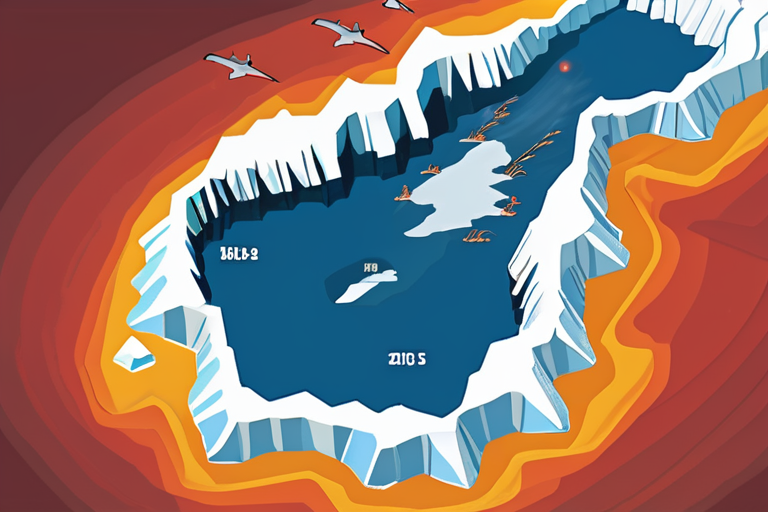
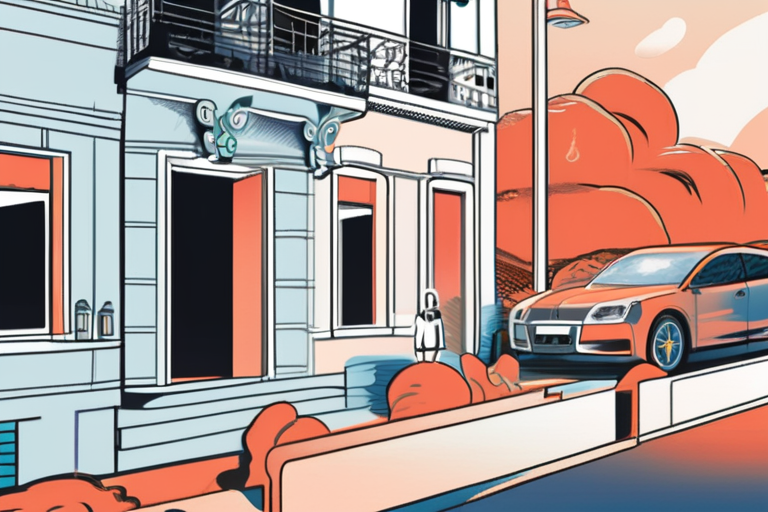
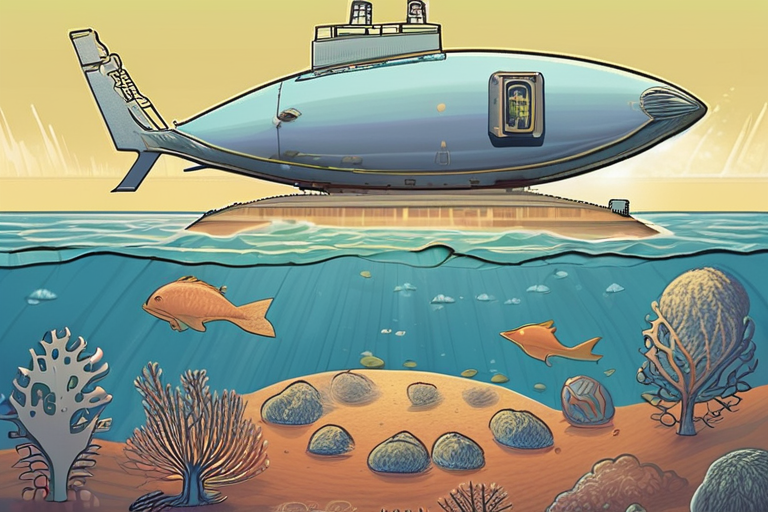
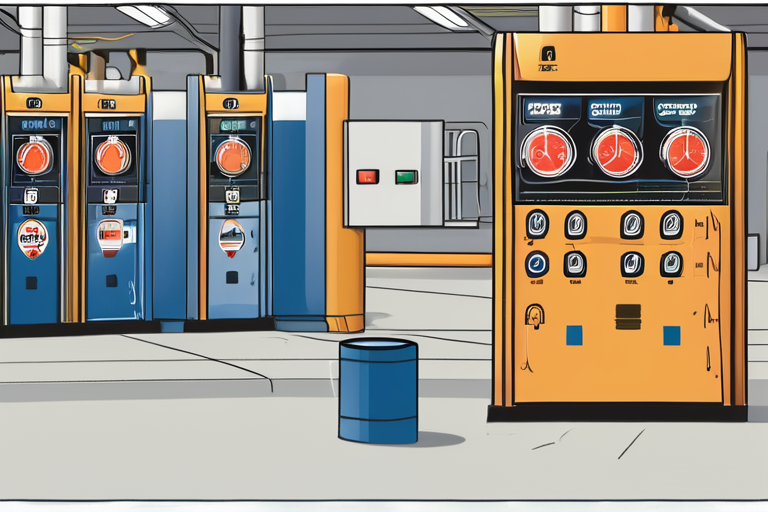
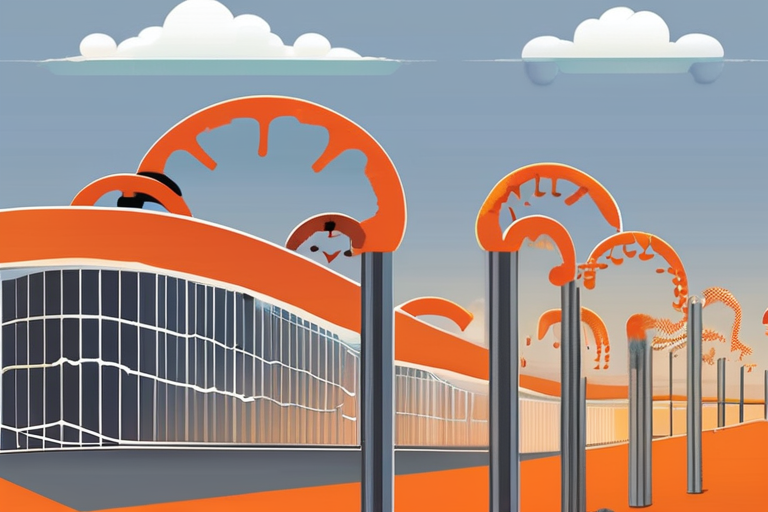


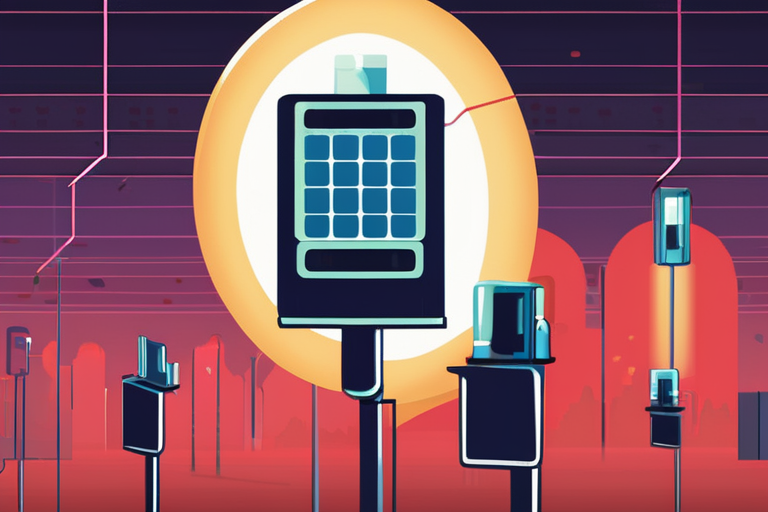
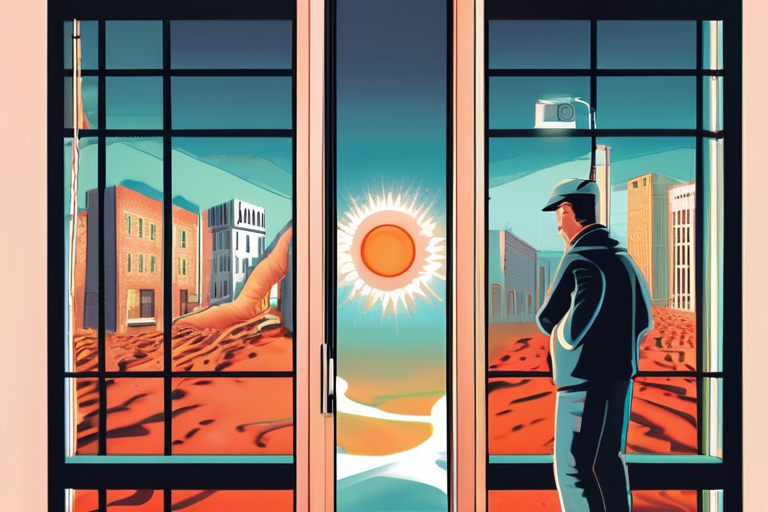
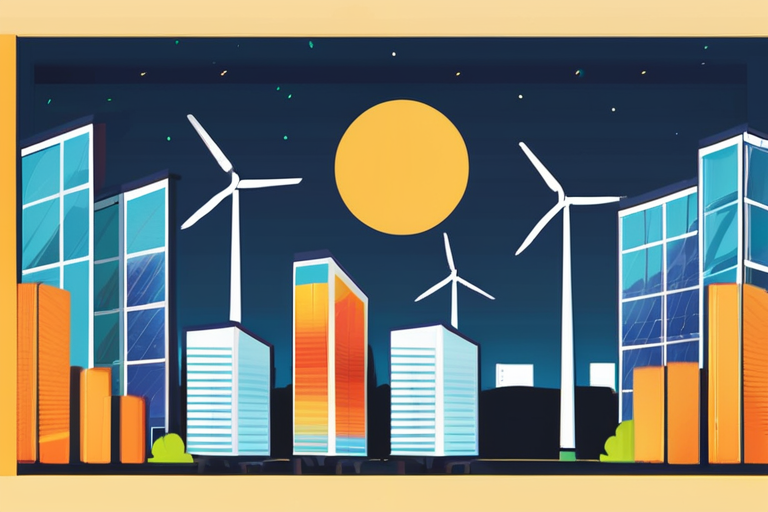
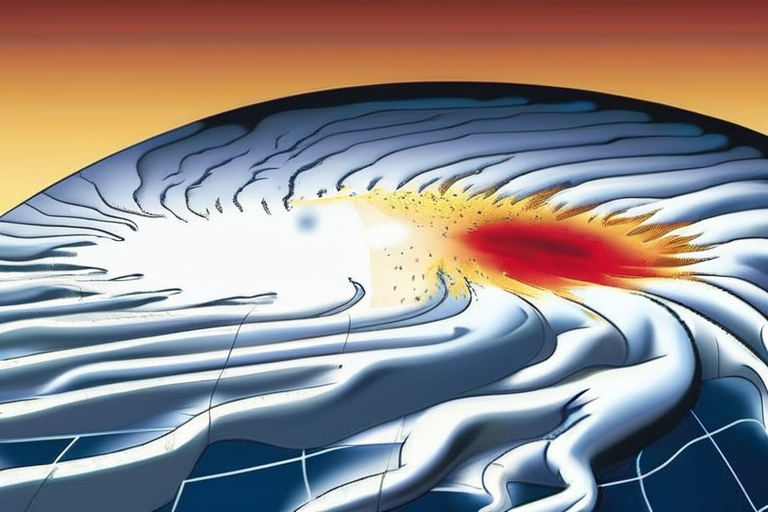
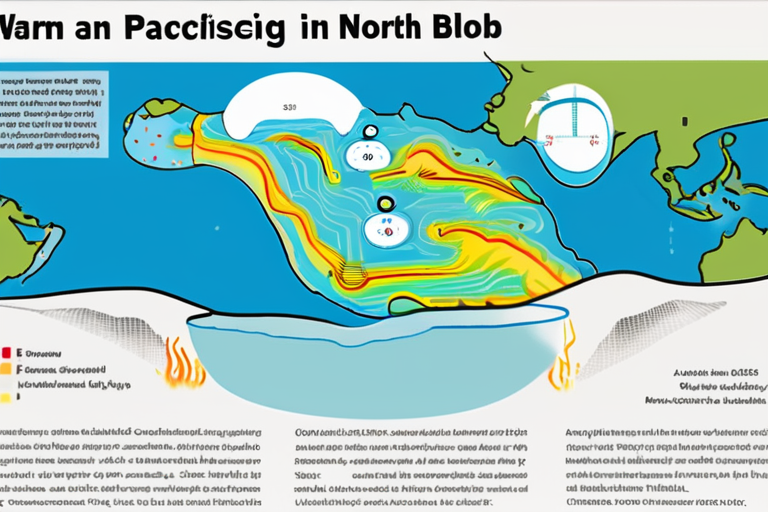

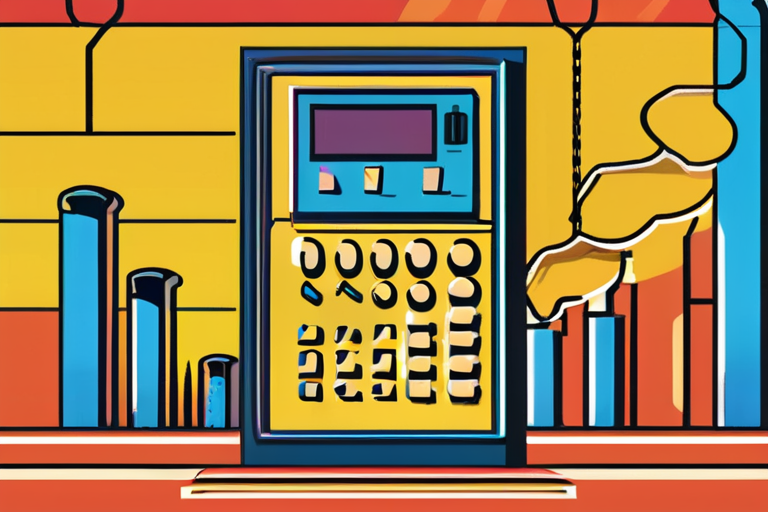
Share & Engage Share
Share this article